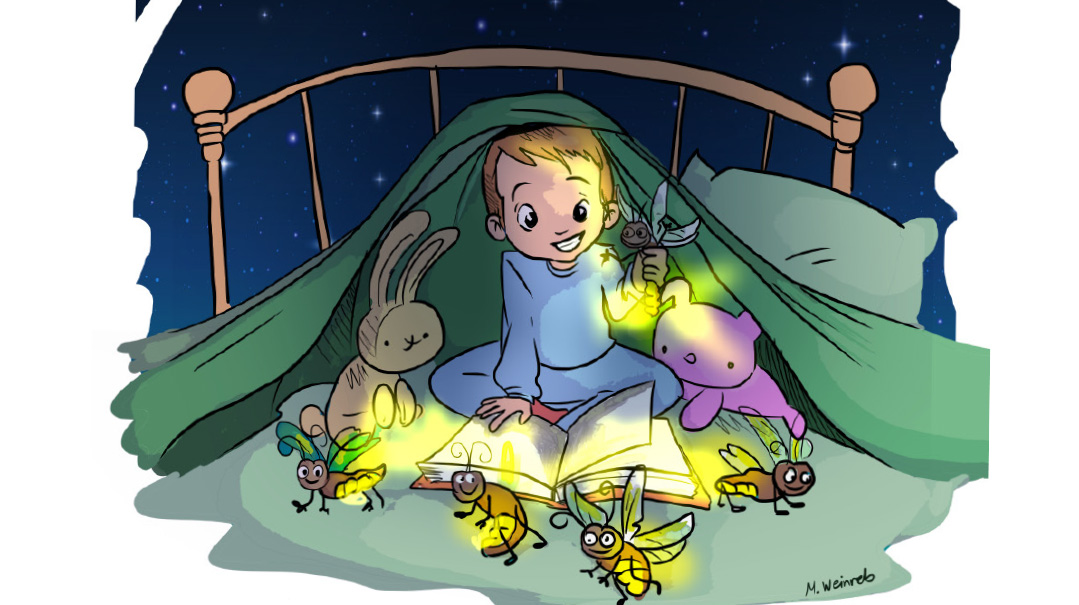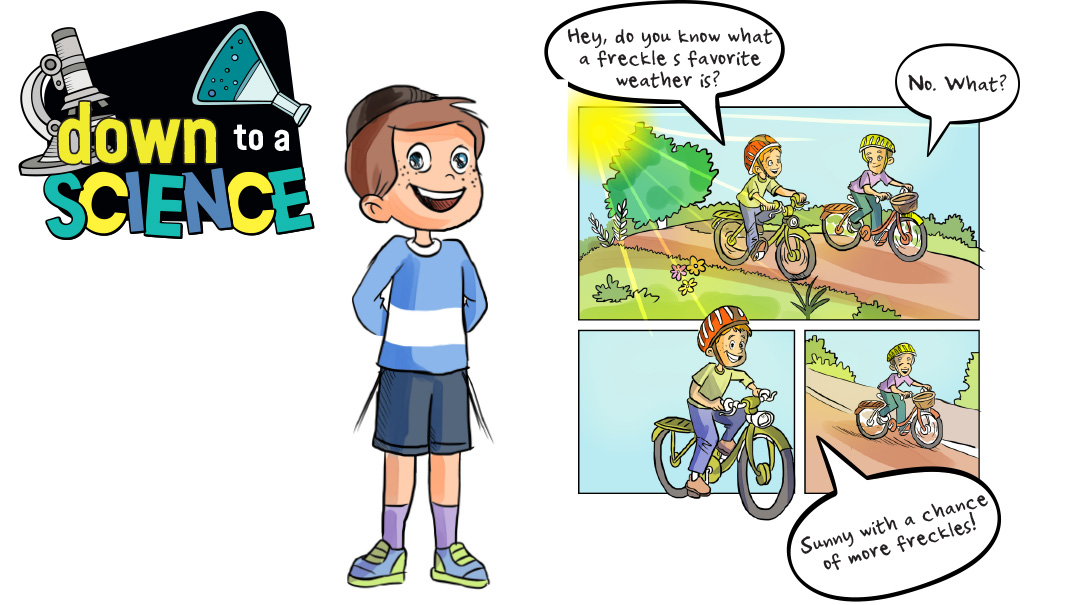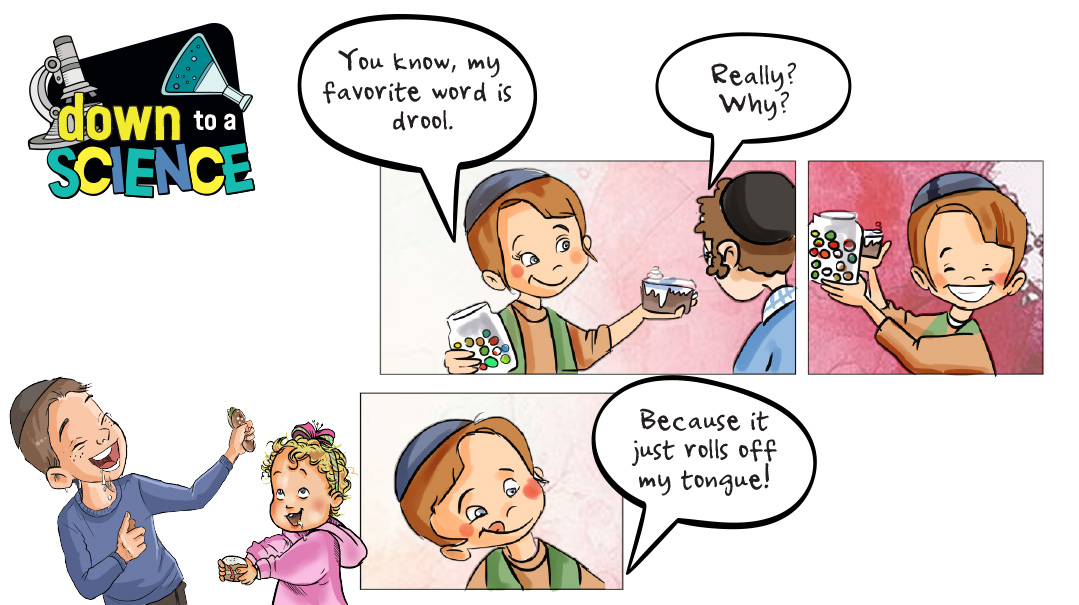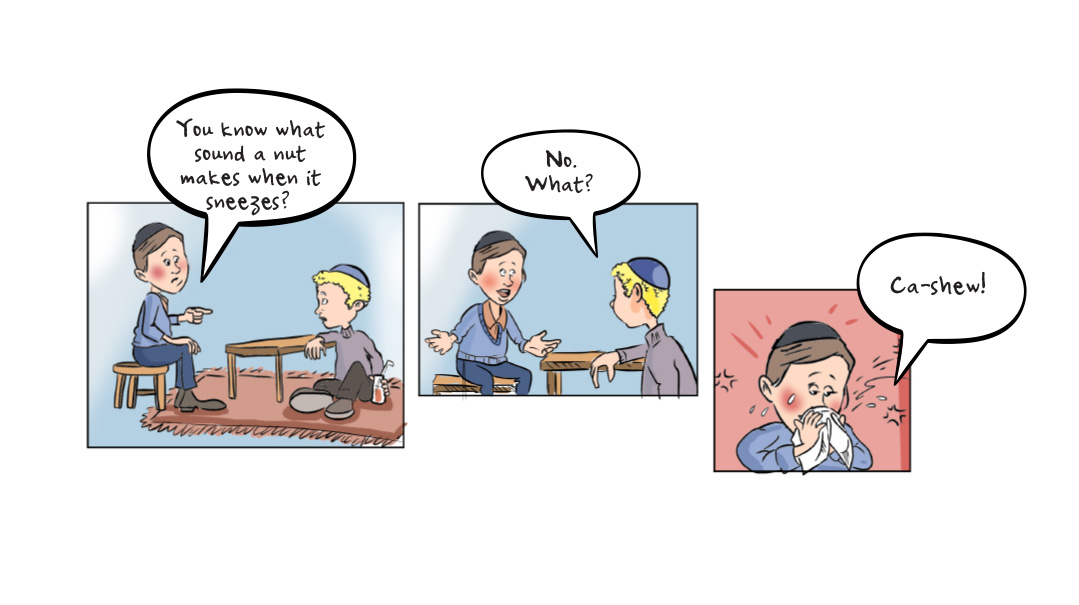What Is Snow?

You see, snow isn’t actually white. It turns out that snow is colorless and translucent
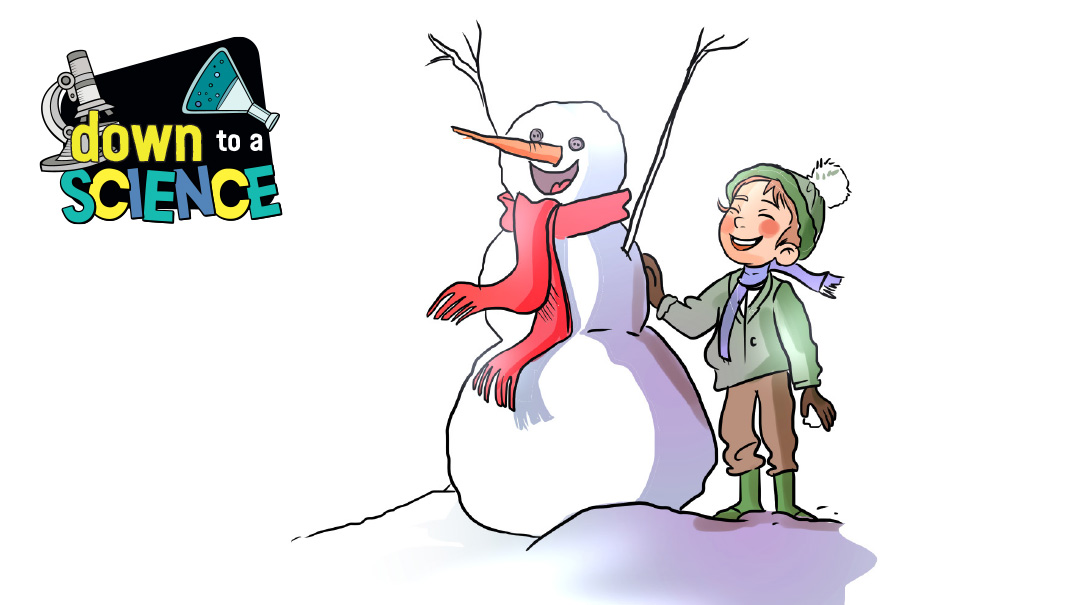
Hello kiddos,
This is Professor Mordy Maven, Thinker, Wonderer, and Figure Outer of all things Science-ish. What that basically means is I try really hard to figure stuff out. I do the hard work so you don’t have to!
Yesterday, my friends and I were walking home from school when out of the clear blue sky, I suddenly I felt like my face was being licked by tiny, icy, wet splotches. I tried covering my head with my hands but that same sloppy cold feeling hit them instead. What was happening? Was I being attacked by invisible, slobbery dogs? I rushed inside and ran right up to my room. After poring over my books, I realized that what had fallen on top of me was actually… snow.
But Mordy, what is this thing of which you speak? Why is it wet and cold? Why does it land on your face and hands? Could this happen to me?
Calm down, my friends! Give me a minute and I’ll explain everything.
First of all, let me reassure you that there is no such thing as invisible slobbery dogs falling from the sky.
But something else does fall from the sky: Snow is a type of precipitation that falls from the sky in cold weather. It forms when water vapor in the atmosphere freezes into ice crystals and then collects on top of tiny pieces of dirt.
(And you thought snow was pure and clean. Wrong!) When a number of these crystals stick together, they form falling white flakes. (Just like dandruff!)
I know what you’re thinking now. Oh, that white stuff, right? Wrong again! You see, snow isn’t actually white. It turns out that snow is colorless and translucent. That means it takes on whatever color light is reflected through its surface. Because the surface of a snowflake is faceted, it has a lot of tiny surfaces and the light that hits it gets scattered. This scattered light appears white to us. At least, usually.
Sometimes, deep snow can appear blue. And in high mountainous areas it can appear pink. Shocking, right? Kind of makes you wonder if you know anything at all. I mean, are you absolutely certain of your own first name?! Anyway, back to snow.
The shape of the snowflake depends on the air temperature around it. Scientists have discovered 35 different types of snowflake shapes. (I hope whichever scientist stood outside figuring that out got to warm up with hot chocolate afterward!) The average snowflake is made up of 180 billion molecules of water. (That’s a big number! Don’t try to count it on your own.) And I’m sure you’ve heard that no two snowflakes are the same. But, um… that’s not true either. In 1988, a scientist in Wisconsin discovered two identical snow crystals. Are you getting tired of being wrong yet? Sorry!
Snow usually falls when the air temperature is around the freezing mark. Sometimes, it can snow when it’s a little warmer than that, as well. Snowflakes fall at a rate of around three miles per hour and it takes about an hour from the time a flake leaves its cloud until it hits the ground. So you should definitely not run outside to build a snowman when you see the first flakes come down, or you’ll be out there waiting for a long, long time.
But if you wait long enough, plenty of flakes will fall. In fact, 1 septillion ice crystals fall from the sky every winter. I bet you thought septillion was a made-up number, but it isn’t. (Wrong again!) It’s actually just a one followed by 24 zeroes. That’s a lot of ice crystals.
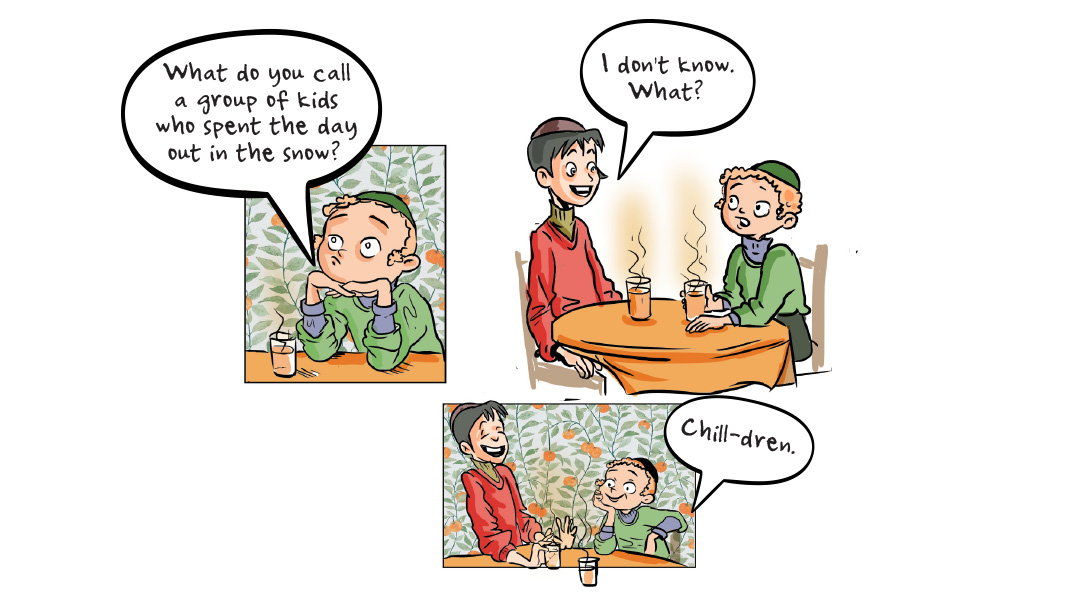
Interestingly, although snow feels cold when it falls, it’s actually a great insulator. That’s because it’s made of 90-95 percent trapped air. This is the reason why many animals, including bears, burrow into snow in order to hibernate. It also explains why igloos, which are houses made of snow, can actually be 100 degrees warmer inside than outside!
And speaking of igloos, did you know that Eskimos have 50 words for snow? Sounds like a lot, right? Wrong again! (This is really not your day.) The Scots actually have 421 words to describe snow, including skelf, for a large snowflake, spitters for small drops of driving snow, and unbrak for the beginning of a thaw. Apparently, meteorologists in Scotland are very specific!
Basically what I’m trying to tell you kids is that snow is very surprising. It looks white but it isn’t. It falls softly but can be hard as a rock when you pack it into a ball. It seems cold when it lands on you but it can also warm you up. And even though it feels like a million wet, yucky kisses from your great aunt, it’s actually pretty cool! (Get it? Cool!)
Here are some fascinating facts about snow that you might like to know:
The biggest snowball fight ever was in Saskatoon, Canada. On January 31, 2016 over 7,600 people joined to battle each other with snowballs!
Chionophobia is fear of snow, from the Greek word chion. For people with chionophobia, a snowball fight must be terrifying!
In 1992, Syracuse, New York passed a decree making snow illegal. It seems that Mother Nature is a criminal though, because it snowed again two days later!
Silver Lake, Colorado really got it the worst. In April 1921, 75.8 inches of snow fell in one day. That’s over six feet of snow!
I hope that helped solve the mystery for you, kids. And with that, I’m on to my next quest!
(Originally featured in Mishpacha Jr., Issue 946)
Oops! We could not locate your form.

